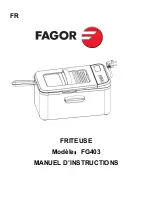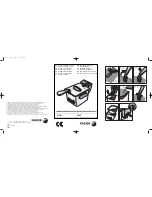
75
Caring for your dryer
Exhaust hood
■
■
Ensure the inside flaps or any damper on the exhaust hood
moves sufficiently and opens and shuts freely (you may want
to check with a mirror).
■
■
Make sure inside flaps are fully open when dryer is operating.
■
■
Make sure there is not wildlife (birds, insects, etc) nesting
inside the exhaust duct or hood.
Venting
For best drying performance, the dryer needs
to be properly vented.
Ensure:
■
■
Only rigid metal or flexible metal 4” (102 mm)
diameter ductwork has been used inside the
dryer cabinet or for exhausting to the outside.
■
■
The shortest length possible has been used.
■
■
The exhaust duct is not crushed or collapsed.
■
■
The duct is not resting on sharp objects.
■
■
Plastic or other combustible ductwork has
NOT BEEN USED.
Carefully follow the details on exhausting
the dryer in the “Installation instructions”.
Refer to page 26.
Ensure that the area around the dryer is kept
clear and free from combustible materials,
gasoline and other flammable vapors or
liquids. Ensure also that the dyer area is kept
clear and free from items that would obstruct
the flow of combustion and ventilation air.
Important!
Venting must conform to local building codes.
Fig.58 Checking the exhaust hood
Correct venting
Incorrect venting
Fig.59 Correct and incorrect venting












































